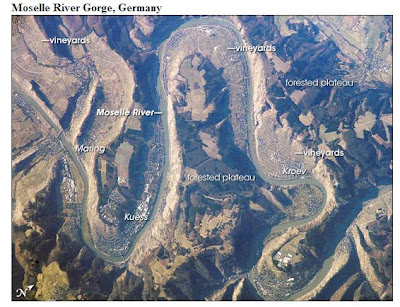
If you are interested in learning more and/or signing up, check out this microsite at www.dayjet.com/friends which will provide you with a brief overview. Be sure to enter my promotion code 10000339 in order for the system to waive the membership fee. You need to sign-up by June 30, 2008 in order to take advantage of this offer. Folks who are flying with DayJet are loving it.
I also have provided the following links to some recent video and news coverage on DayJet that you might find interesting. The final link is for testimonials from current DayJet customers:
Here is another great link from our site that helps explain how pricing works...
http://www.dayjet.com/Services/TVPIntro.aspx
Give me your thoughts and tell me what you think. I’ll call you in a few days to follow-up. As always, please forward this to anyone you think may want to join DayJet.
Thanks,
Sinam Al-Khafaji
Marketing Cartographer & Market Planner
Founding Member, DayJet
Sinam@DayJet.com
Desk 561.322.2286
Cell 561.665.0278














